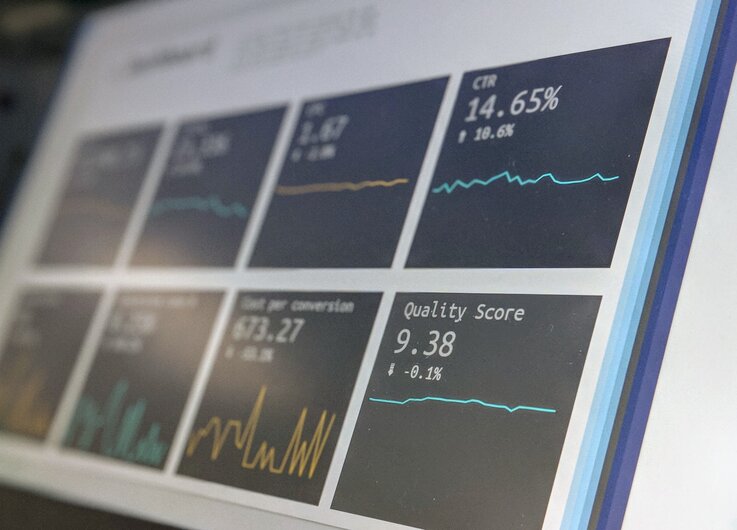Supply Chain Uncertainty in 2020

As the business world looks toward continuing uncertainty and trade turbulence in 2020, GTPA CEO Lisa McAuley recently discussed the implications of this for international supply chains.
What are some of the major operational challenges and risks businesses are experiencing as a function of the uncertain global trade environment?
Businesses must be more conscious of global developments and the more technical aspects of trade, such as the impact of free trade agreements and the benefits of trade facilitation measures.
This goes beyond paying attention to tariff rates as non-tariff barriers are an increasing concern and can have a bigger commercial impact. This means businesses must be more conscious of the existence of these barriers, what can be done to mitigate their effect, and how to work with their national governments to help resolve them.
What are the activities that you are undertaking to deal with these challenges in the short-term?
The GTPA’s standards work helps to harmonise processes and recognition in the international trading system at a time when the system is under strain and seemingly headed in the wrong direction, away from harmonisation towards fragmentation.
The danger is that we rebuild barriers we have already broken down and increase the costs and complexity of conducting international trade.
No matter the outcome of this turbulence, we will still need to find common ground in international trade and harmonised rules and procedures, so this is important work.
In 2020, we will be launching our two core certification schemes under ISO 17024 for global trade professionals and ISO 17065 for global trading businesses.
We are also launching Adaptive Leadership in a Globalised Context, a new executive leadership program in partnership with some of the world’s leading universities. The program will equip international business leaders with the technical knowledge and advanced complex and adaptive thinking capabilities needed to succeed in today’s global business environment.
Do you believe that in the long term, strategic redesign of our supply chains may occur, if we assume that these inter-border trade problems may continue in the future?
There will be a natural need to redesign supply chains as a result of technological change and innovation in production and manufacturing techniques, and in consumer demand for goods and services.
This would occur regardless of current trade issues and problems.
In the long term, technological change and innovation will likely have a bigger impact on the design of supply chains rather than political trade frictions.
But we can’t discount the political frictions. We are in a world where there seems to be less common ground than ever between the largest trading economies, and the trend is seemingly toward greater divergence, so the resulting impact on supply chains could be very serious.
This is especially the case in sectors like manufacturing, where China which is one of the most contentious trade actors in the world today has been the centre of these supply chains for the past decade or two.
Are we on the cusp of entering a new era of trade, where we are moving from a globalized supply chain to an era of localized supply chains within trade blocs? If so – is this an opportunity, or a threat to our organizations?
It seems likely that we are on the cups of a new era of trade. Again, this is as much as a result of technological change and innovation as from political issue and turbulence.
There are also other factors at play that can’t be discounted, such as greater environmental awareness of the impacts of raw material mining, processing and transportation; advances in areas like 3D printing/additive manufacturing which reduces demand for traditional components; and, more broadly, the decreasing need to produce and transport physical items thanks to increased digital consumption of goods and services.
It also seems likely that trade blocs will emerge which could have a greater shorter-term impact on supply chains just as technological evolution occurs over the longer term.
The impact on supply chains will be partly political, for example with companies moving production out of China to avoid tariffs or other potential consequences of the US-China trade dispute.
But a bigger part of it is likely a natural consequence of economic factors, for example higher labour costs forcing producers to move to countries with lower labour costs.
Whether this is an opportunity, or a threat probably comes down to how organisations respond to these trends, rather than a consequence of the trends themselves.
There can be a natural inertia on the part of many businesses in respond to change – even if that change can be healthy. Recent developments may force businesses to make changes that will ultimately be beneficial to their organisation, such as diversifying production locations or diversifying their supplier base.